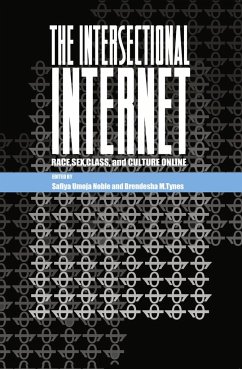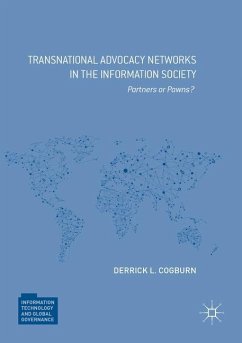
The Contemporary Internet
National and Cross-National European Studies
Herausgegeben: Haddon, Leslie
Versandkostenfrei!
Versandfertig in 6-10 Tagen
57,75 €
inkl. MwSt.

PAYBACK Punkte
0 °P sammeln!
The contemporary internet focuses on user experiences of more recent developments on the internet, specifically with the spread of broadband, the audio-visual applications it has enabled, Web2.0 uptake more generally and the growth of eGovernment. The Contemporary Internet is comparative in two senses. The first is at the cross-national level, examining factors affecting different countries' experiences of the internet, with a particular, but not a sole, interest in what may be termed 'cultural influences on perceptions, adoption and use'. Second, the book is comparative within countries, exam...
The contemporary internet focuses on user experiences of more recent developments on the internet, specifically with the spread of broadband, the audio-visual applications it has enabled, Web2.0 uptake more generally and the growth of eGovernment. The Contemporary Internet is comparative in two senses. The first is at the cross-national level, examining factors affecting different countries' experiences of the internet, with a particular, but not a sole, interest in what may be termed 'cultural influences on perceptions, adoption and use'. Second, the book is comparative within countries, examining the, sometimes very, uneven experiences of the internet's possibilities. One question that pervades several chapters is how the digital divide is evolving in the light of the more contemporary developments outlined above.












